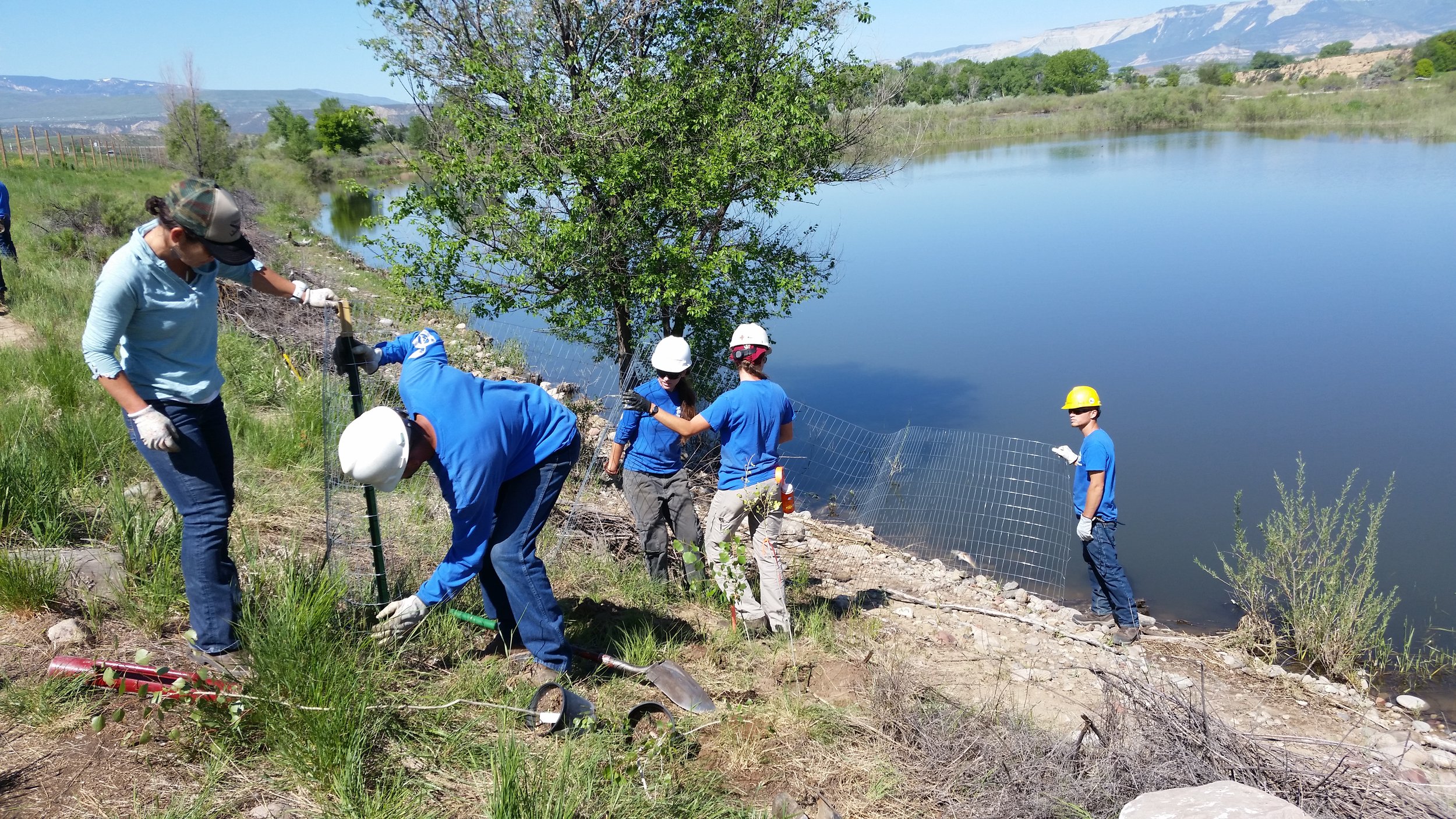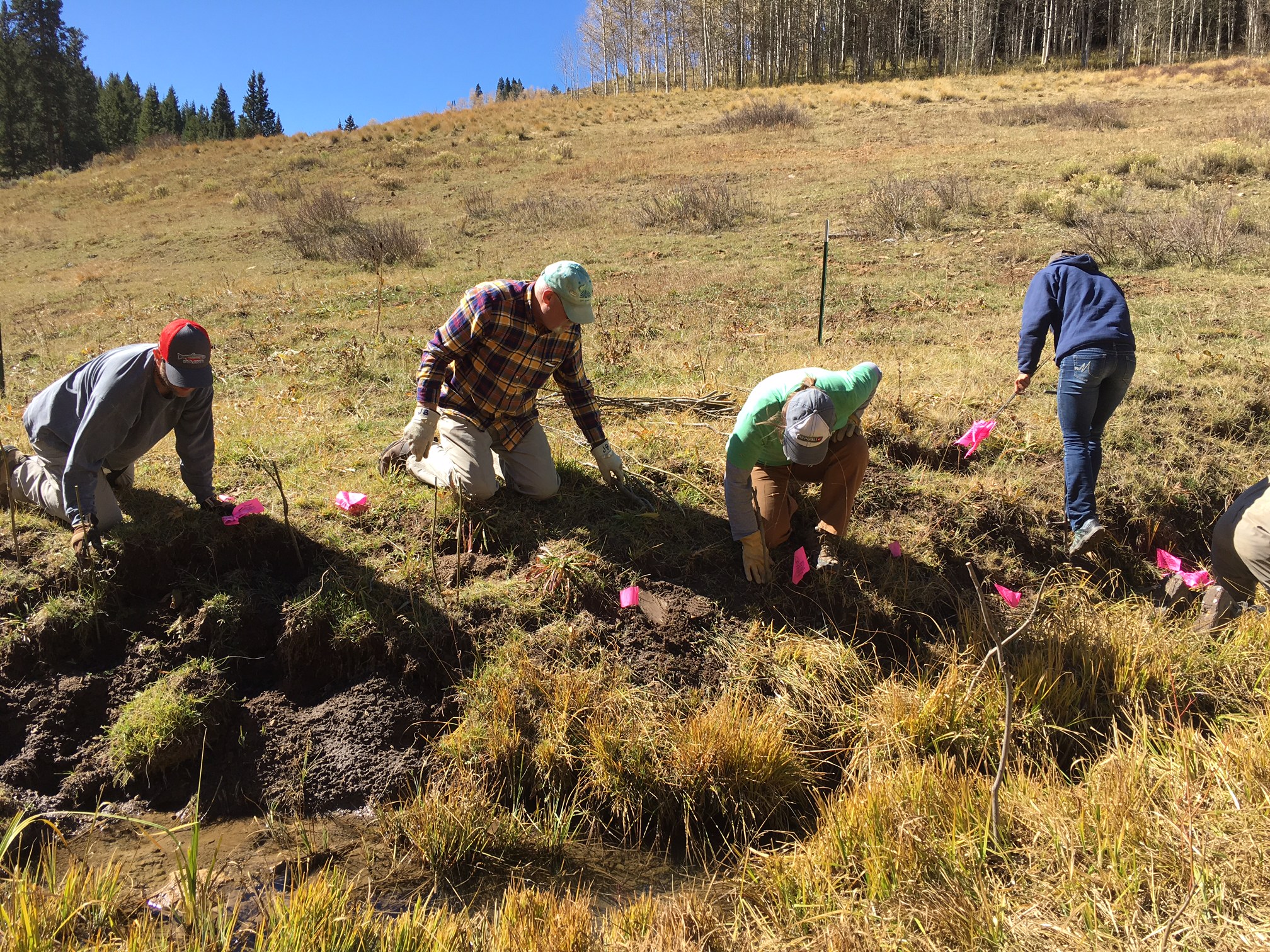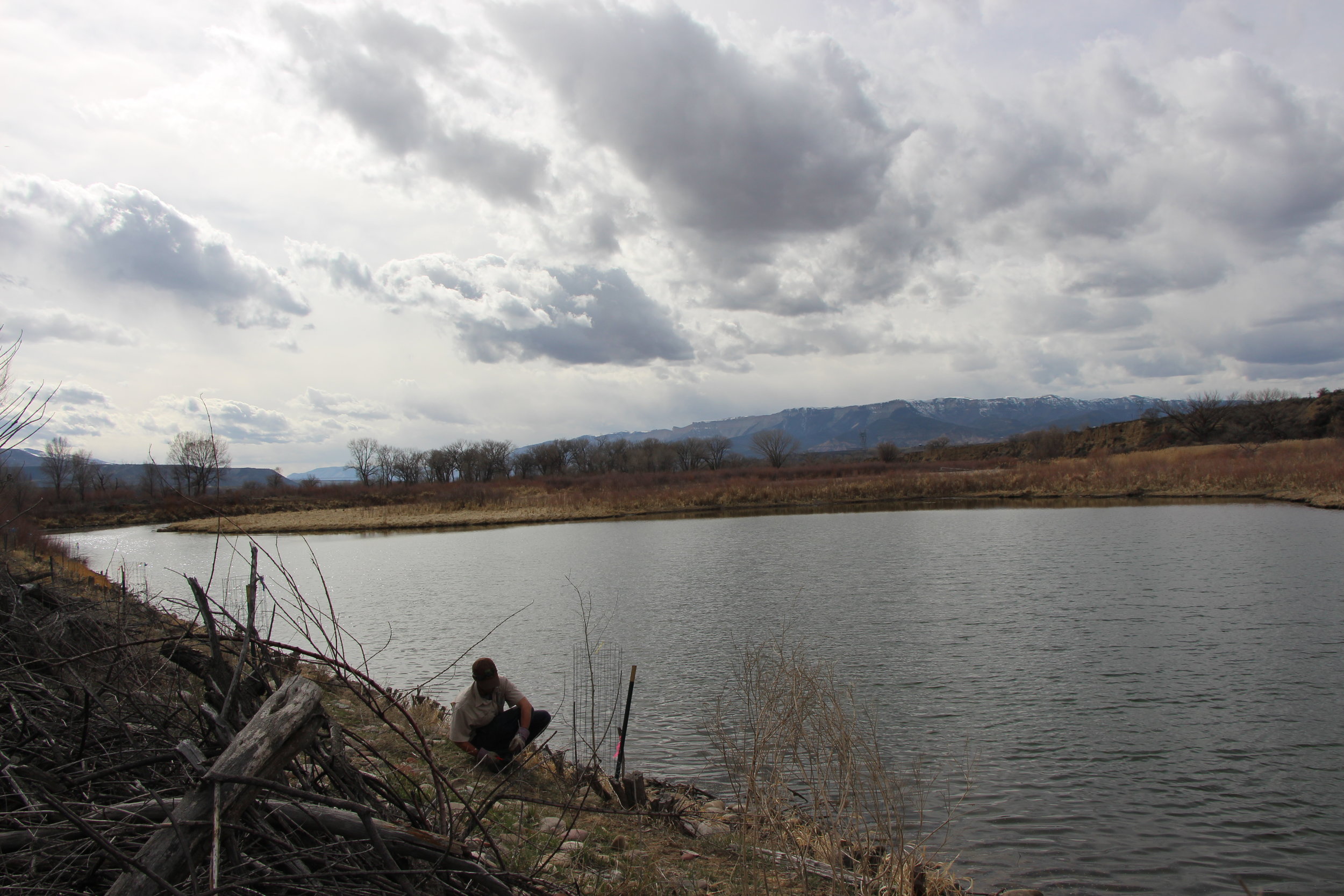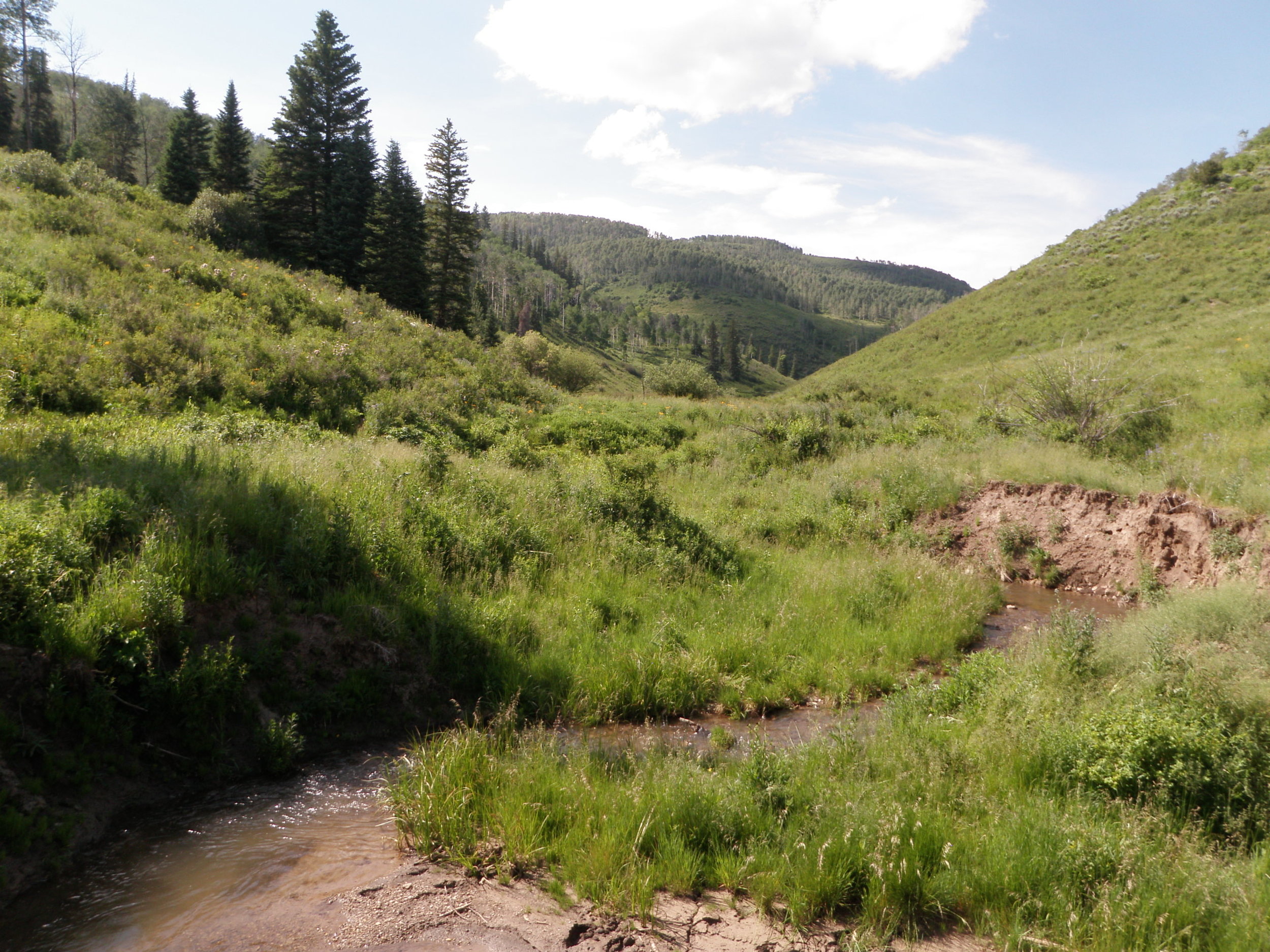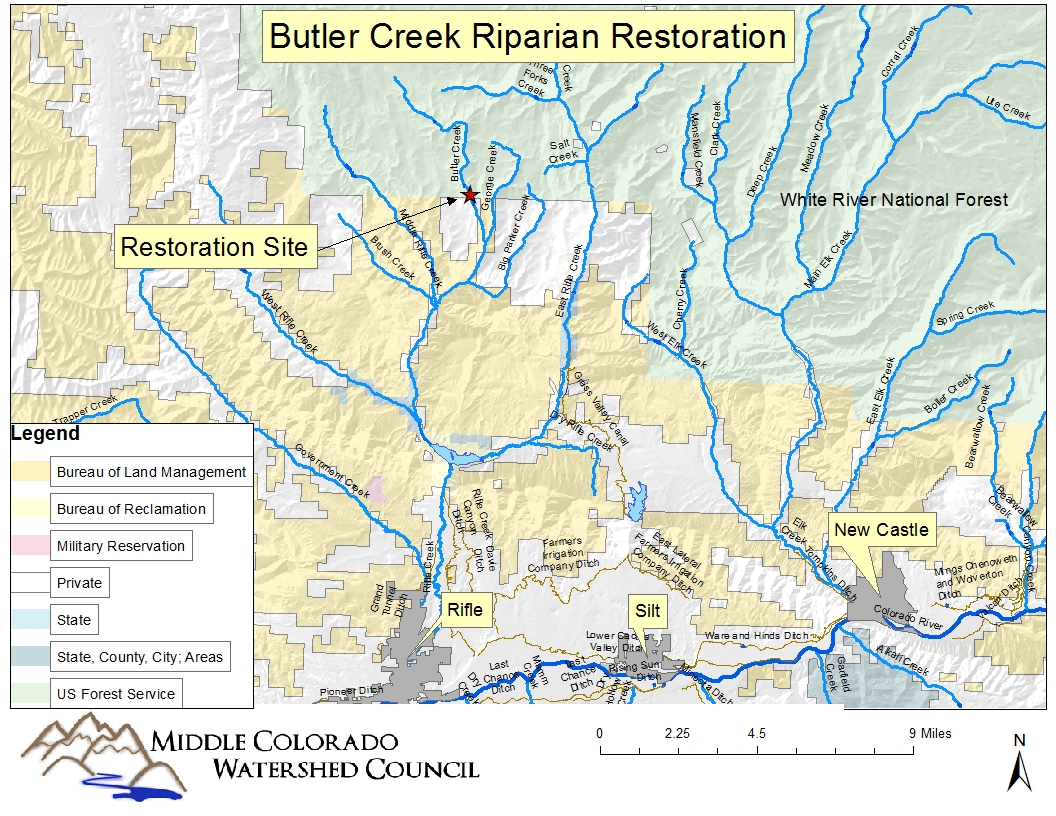Riparian Restoration:
Bringing together successful practices, intentional planning, and hard work
Non-native invasive riparian species, such as tamarisk and Russian olive, severely impact the health of western Colorado's river system. These plants destroy habitat for fish and other riparian fauna. The Middle Colorado Watershed Council works hard to restore native habitat throughout our watershed.
Restore our rivers
In 2017, we partnered with the Tamarisk Coalition (now RiversEdge West) in the Restore Our Rives campaign to fund local restoration efforts and connect our work to organizations throughout the six-state wide Colorado River Basin.
AND we did it! Thanks to all of our partners who donated and made it possible to participate in the Restore Our Rivers Campaign!
MCWC/Cross-Watershed Network Tour Mini-Report
The Riparian Restoration ACtion Plan
The Riparian Restoration Action Plan outlines steps needed to manage invasive species removal and habitat restoration. This is a watershed-wide effort and we look to our stakeholders, board members, and committees to provide guidance and support with these efforts. Want to participate? Join the RRAG!
Colorado Headwaters Invasives Partnership created a Consolidated Species Management Plan for the headwaters for the Upper Colorado River. This plan guides us in our riparian restoration and invasive species management projects.
Butler Creek REstoration
We are currently undergoing restoration of Butler Creek, a stream in the headwaters of Rifle Creek on the White River National Forest, working with Forest Service personnel and volunteers with cattle exclosures to come. The Patagonia World Trout Initiative and Western Native Trout Initiative are funding this restoration. An informative article on the process and the methodology of the Butler Creek restoration project can be found here, in our November 2018 Post Independent column.
The location of the Butler Creek restoration project, and a photograph illustrating the extensive erosion in the creek, which releases such an amount of silt that cutthroat trout spawning is impacted.

